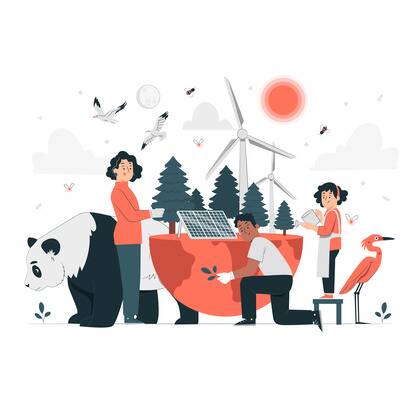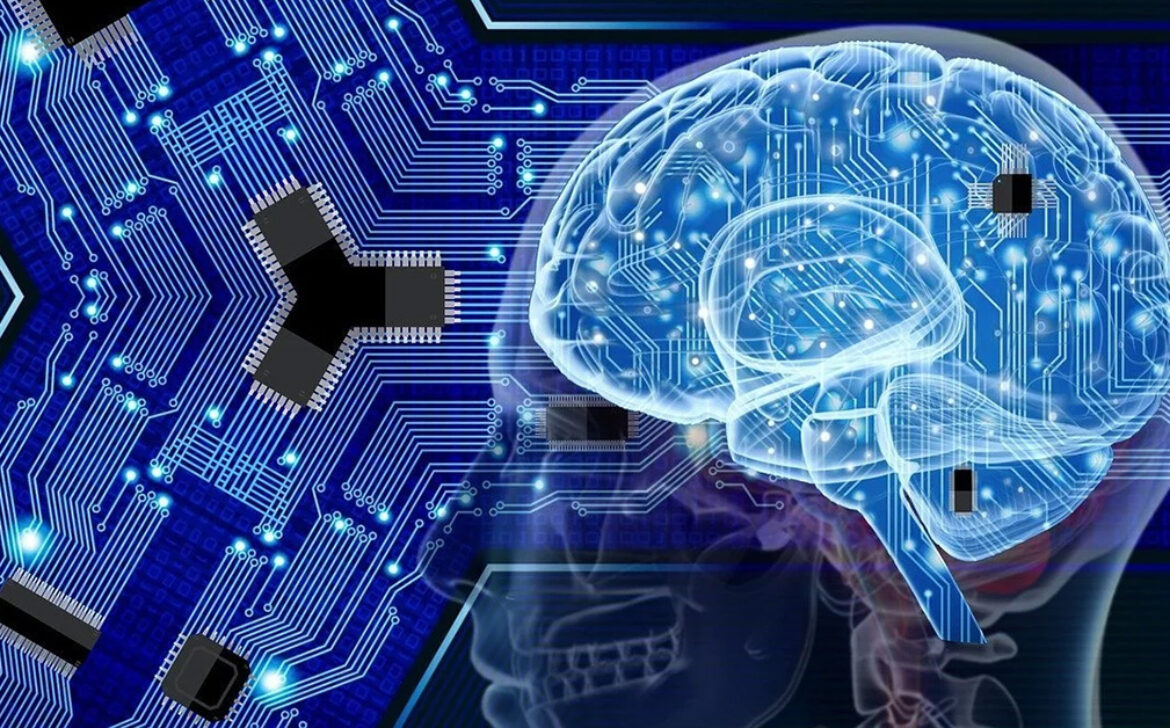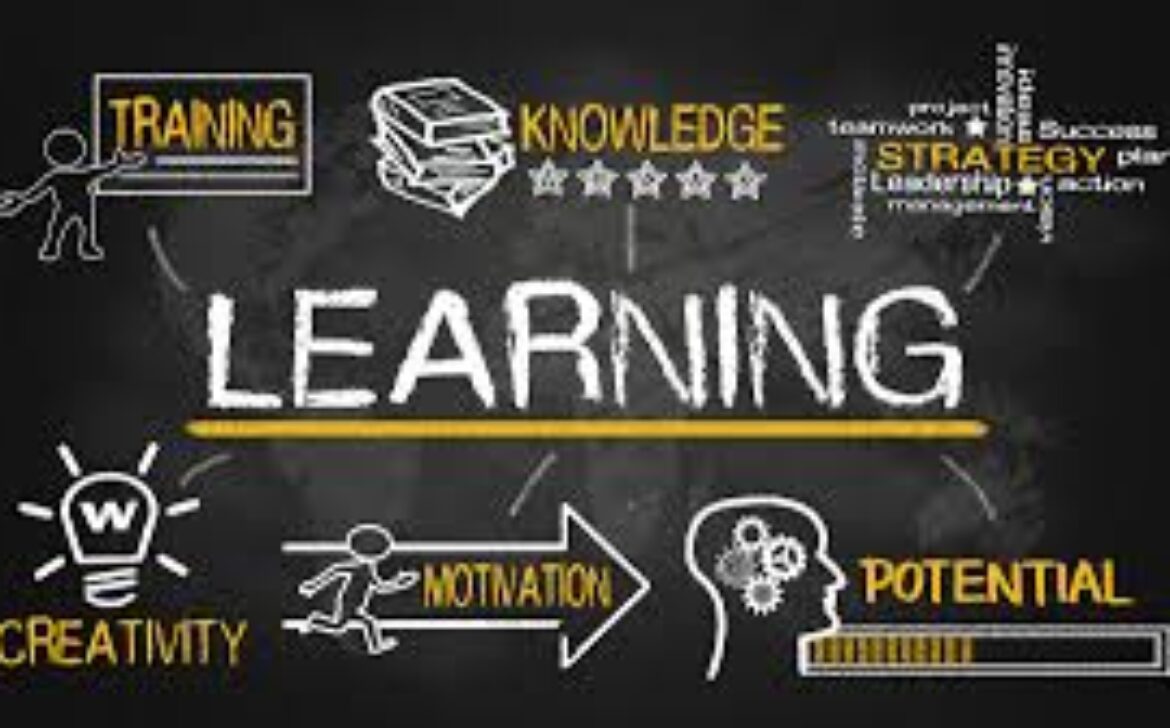From Sci-Fi to Reality: How Digital Twin Technology is Reshaping our World
In recent years, digital twin technology has emerged as a groundbreaking concept, blurring the lines between science fiction and reality. Originally popularized by its use in space exploration and advanced manufacturing processes, digital twins are now revolutionizing various industries, including healthcare, transportation, and urban planning. This article explores the fascinating world of digital twin technology, its real-world applications, and the profound impact it is having on reshaping our world. A digital twin refers to a virtual representation of a physical object, process, or system. It is essentially a real-time digital counterpart that mirrors the characteristics and behaviors of its physical counterpart. This enables organizations to monitor, analyze, and simulate the performance of the physical entity, gaining valuable insights and opportunities for optimization. The concept of digital twins can be traced back to the early 2000s when it was primarily used in space missions and aerospace engineering. NASA was among the pioneers in using digital twins to simulate and analyze complex space missions before their actual execution. As technology advanced, the scope of digital twins expanded beyond space exploration, finding applications in diverse industries. A digital twin operates on data collected from its physical counterpart through various sensors and Internet of Things (IoT) devices. The data is continuously fed into the digital twin, updating its virtual representation in real-time. By utilizing advanced analytics and artificial intelligence algorithms, digital twins can offer valuable insights, predict potential issues, and optimize performance. Digital twin technology comprises three key components: Initially, digital twins were limited to space missions and high-stakes industrial applications. However, as technology progressed and costs reduced, their adoption expanded to more practical and everyday use cases. Today, digital twin technology is finding its way into various industries, transforming the way we approach problem-solving and decision-making. The rise of the Internet of Things (IoT) and artificial intelligence (AI) has been instrumental in fueling the growth of digital twin technology. IoT devices have become more affordable and accessible, allowing seamless integration with physical objects and systems. Additionally, AI algorithms have become increasingly sophisticated, enabling digital twins to process vast amounts of data and extract meaningful insights. In the healthcare industry, digital twin technology is revolutionizing patient care and medical research. Digital replicas of individual patients can be created, incorporating their genetic makeup, medical history, and lifestyle data. These virtual representations enable personalized treatment plans, predictive modeling of diseases, and the identification of potential health risks, ultimately leading to improved patient outcomes. Smart cities are leveraging digital twin technology to optimize urban planning and infrastructure management. By creating virtual models of entire cities, urban planners can simulate different scenarios and test the impact of various policies before implementation. This leads to more efficient resource allocation, better traffic management, and enhanced public services, ultimately improving the quality of life for residents. Digital twins are reshaping the transportation and logistics sectors by enhancing efficiency and safety. For example, in the aviation industry, digital twins of aircraft are used for predictive maintenance, reducing downtime and minimizing the risk of unexpected failures. In logistics, digital twins enable real-time tracking of shipments, streamlining supply chain operations, and ensuring timely deliveries. Manufacturing companies are harnessing digital twin technology to optimize their production processes. By creating digital replicas of manufacturing equipment and systems, companies can monitor performance, identify bottlenecks, and implement predictive maintenance strategies. Moreover, digital twins facilitate simulations that allow manufacturers to experiment with different production methods, leading to increased efficiency and reduced waste. The adoption of digital twin technology offers numerous advantages across industries. Some key benefits include: Digital twins provide real-time data and insights, empowering businesses to make informed and data-driven decisions. Whether it’s predicting equipment failures or optimizing energy consumption, digital twins offer valuable guidance to stakeholders. With the ability to monitor and analyze the performance of physical assets in real-time, organizations can proactively address issues, leading to increased operational efficiency and productivity. In product development, digital twins facilitate rapid prototyping and testing, enabling companies to iterate and innovate more effectively. Predictive maintenance enabled by digital twins can help organizations save costs by reducing downtime and minimizing expensive repairs. Additionally, digital twins allow businesses to identify potential risks and mitigate them before they escalate. While digital twin technology offers immense benefits, it also raises concerns about data security and privacy. Ensuring the security of sensitive data and protecting it from cyber threats is of paramount importance. Organizations must implement robust cybersecurity measures and adhere to data privacy regulations to maintain the trust of their stakeholders. Implementing digital twin technology requires significant technical expertise and resources. Integrating IoT devices, setting up communication infrastructure, and developing advanced AI algorithms can be complex and costly. Additionally, ensuring interoperability between various systems and platforms poses a challenge.
Technology is just a tool. In terms of getting the kids working together and motivating them, the teacher is the most important.
– Bill Gates As the technology matures and becomes more accessible, we can expect to see digital twins being adopted in even more industries. From agriculture to retail, the potential applications of digital twins are vast, and their integration could lead to unprecedented advancements in various sectors. The future of digital twin technology lies in its ability to seamlessly bridge the gap between virtual and physical worlds. With the advancement of augmented reality (AR) and virtual reality (VR) technologies, the potential for real-time interactions and simulations between physical objects and their digital twins will expand. As businesses and governments prioritize sustainability, digital twins can play a crucial role in optimizing resource usage and reducing environmental impact. By monitoring energy consumption, carbon emissions, and waste generation, organizations can identify areas for improvement and work towards achieving their sustainability objectives. The synergy between artificial intelligence and digital twin technology is undeniable. AI-powered analytics enable digital twins to process complex data sets and generate actionable insights efficiently. This collaboration can lead to more accurate predictions, better decision-making, and continuous improvement in various domains. Predictive maintenance, a powerful application of digital twin technology, can be further enhanced by leveraging AI algorithms. AI can analyze historical data, predict equipment failures, and recommend proactive maintenance measures, optimizing asset performance and reducing downtime. With the vast amounts of data generated and utilized by digital twins, ethical considerations are crucial. Organizations must prioritize data ethics, ensuring transparency, consent, and responsible data management to protect user privacy and avoid potential misuse of sensitive information. The widespread adoption of digital twin technology may lead to workforce shifts and job transformations. While digital twins can augment decision-making and improve efficiency, some tasks currently performed by humans may be automated. It is essential for organizations to focus on upskilling and reskilling their workforce to adapt to the changing technological landscape. One of the primary challenges hindering the widespread adoption of digital twin technology is the initial investment required for infrastructure setup and development. Smaller businesses and organizations with limited budgets may find it challenging to implement digital twin solutions. Digital twins often involve the integration of various systems and platforms. Ensuring interoperability and standardization across different technologies can be complex and time-consuming, requiring industry-wide collaboration and guidelines. In conclusion, digital twin technology has evolved from a niche concept in sci-fi movies to a reality that is reshaping our world. Its real-world applications span diverse industries, empowering organizations to make data-driven decisions, optimize processes, and drive innovation. However, the full potential of digital twin technology can only be realized by addressing the challenges it presents, including data security, infrastructure costs, and ethical considerations. As technology continues to advance, we can expect digital twins to play an increasingly pivotal role in creating a smarter, more efficient, and sustainable future.Introduction
Understanding Digital Twin Technology
What is a Digital Twin?
The Birth of Digital Twin Technology
How Does a Digital Twin Work?
Key Components of Digital Twin Technology
The Evolution of Digital Twin Technology (Continued)
From Space Exploration to Everyday Applications
Advancements in IoT and AI: Fueling the Rise of Digital Twins
Real-World Applications of Digital Twins
Digital Twins in Healthcare: Enhancing Medical Treatment
Smart Cities: Transforming Urban Planning and Management
Revolutionizing Transportation and Logistics
Digital Twins in Manufacturing: Improving Efficiency and Sustainability



The Benefits and Challenges of Implementing Digital Twins
Advantages of Digital Twin Technology
Improved Decision-Making
Increased Efficiency and Productivity
Enhanced Product Development and Innovation
Cost Savings and Risk Reduction
Addressing Security and Privacy Concerns
Overcoming Technological Barriers
Future Prospects and Trends in Digital Twin Technology
Scaling Digital Twins Across Industries
Integrating Virtual and Physical Worlds
The Role of Digital Twins in Achieving Sustainability Goals
Digital Twins and Artificial Intelligence
Synergies Between AI and Digital Twin Technology
Leveraging AI for Predictive Maintenance and Decision-Making
Ethical Considerations in the Age of Digital Twins
Ensuring Ethical Data Use and Management
The Impact on Jobs and Employment
Challenges to Widespread Adoption
The Cost Factor
Interoperability and Standardization
Conclusion





























